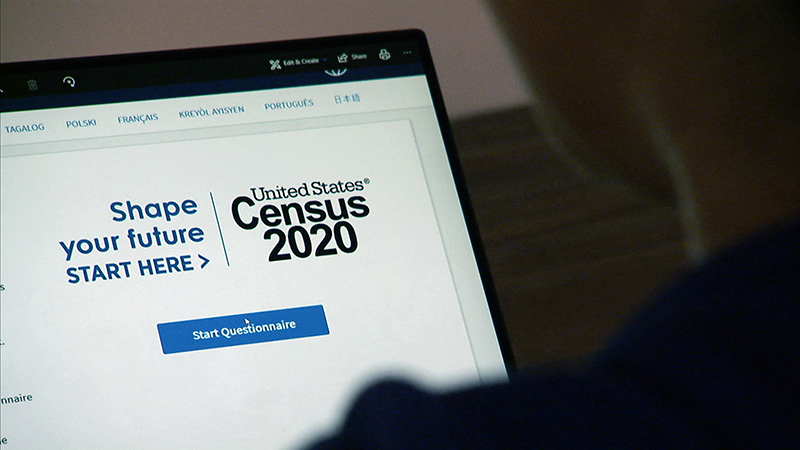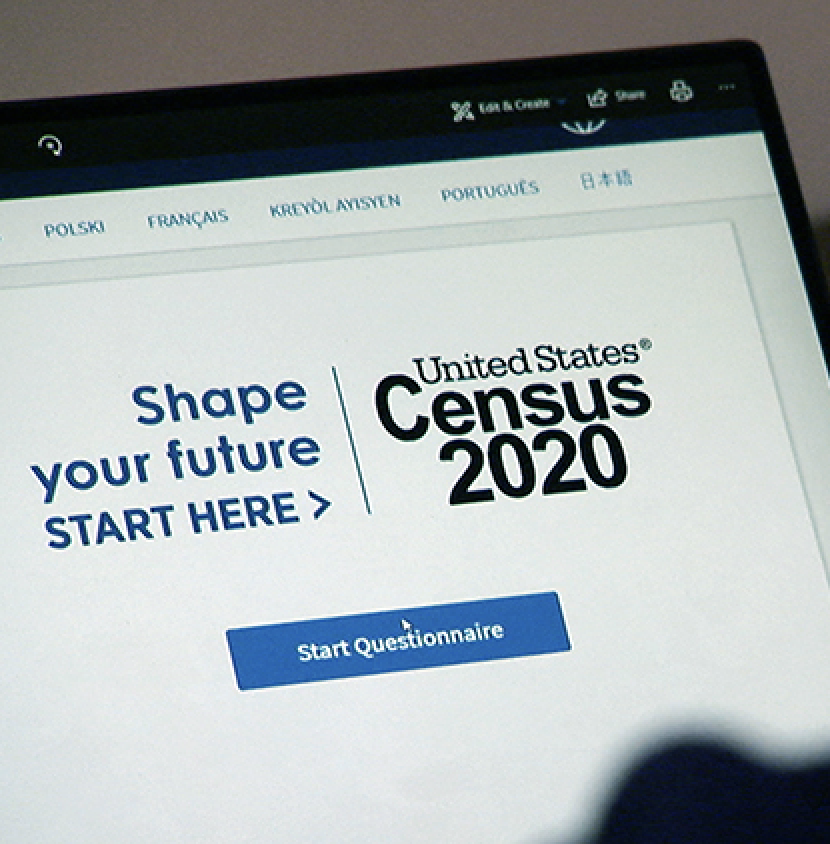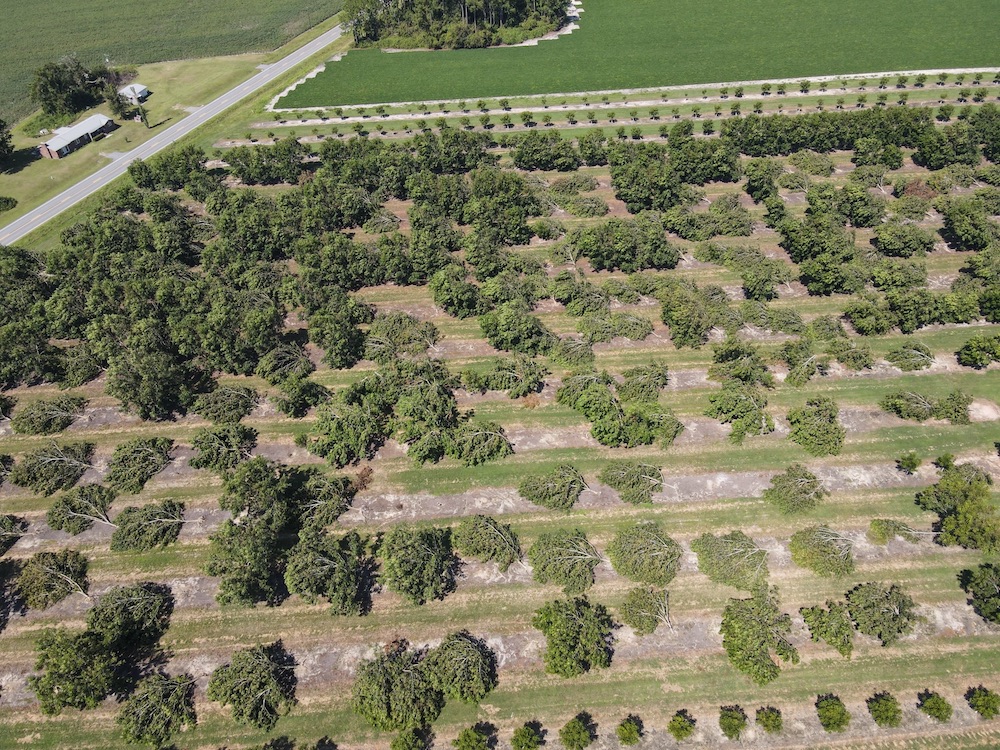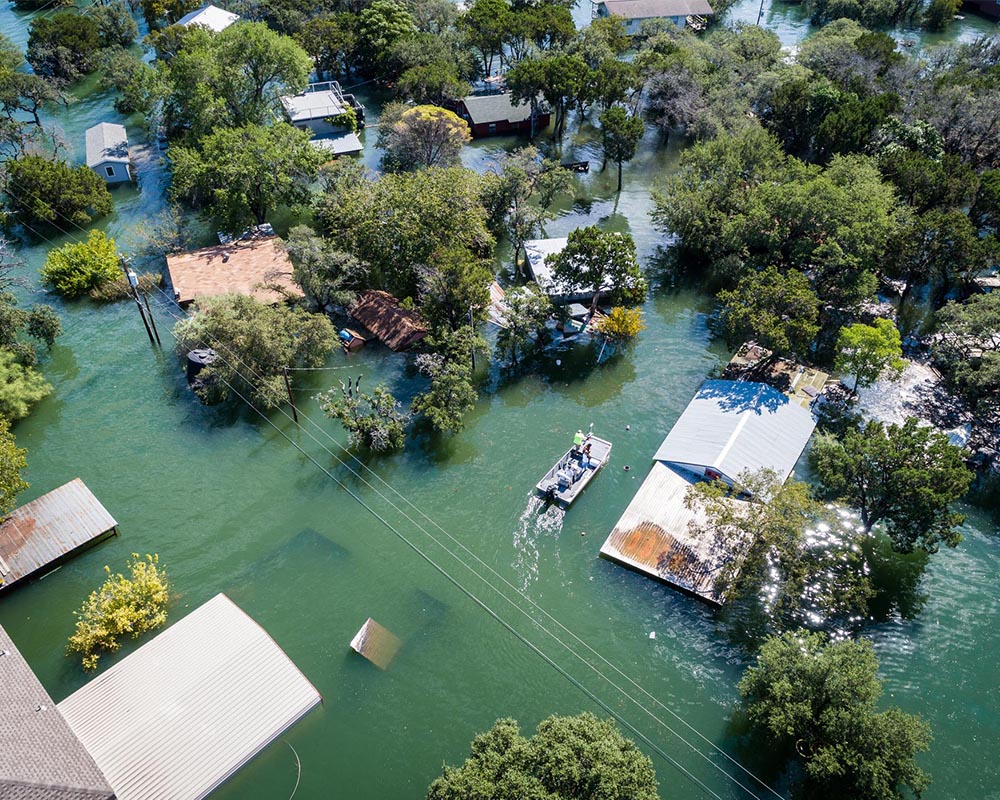The COVID-19 pandemic has affected much of daily life for Americans, but a few minutes spent completing the 2020 U.S. Census now will make a big impact in the coming decade.
Georgia’s self-response rate is currently 53.6%, well below the national rate of 57.3%, putting it in 34th place ranked by state. The state’s 2010 response rate was 62.5%.
“Georgia has a significant rural and farm population, so it is critical that every person is counted,” said Mike Martin, director of county operations for University of Georgia Cooperative Extension. “Extension is represented in every county of the state and is well positioned to help Georgians understand the importance of the U.S. Census to them and their community, and also make it easy for them to be counted.”
Known as Census Day, April 1 was the census reference date used to determine who is counted and where they were located at that time. April Fool’s Day was not the deadline for self-response, which is now Oct. 31.
There’s nothing eerie about the survey, though. The U.S. Census Bureau takes data protection and security very seriously, especially since this is the first widespread use of online responses, although paper and telephone responses are also still being taken. Personal information is not released for 72 years from the National Archives and Records Administration.
All household members don’t need to respond to the census, but everyone who usually lives and sleeps in the home should be included. Responding with the census ID mailed to households helps ensure the best count of communities, according to the Bureau.
If family members are temporarily displaced because of COVID-19 — due to closures at universities and colleges, for example — individuals should be counted where they normally would have resided on April 1. However, students living at on-campus facilities are already counted through large group responses.
The census is used in an array of policy and legislative decisions including designating local school and congressional districts. More than $689 billion in federal funds are doled out to states based on the decennial data.
Medicare and Medicaid account for more than half of this federal funding. About 15% of funds distributed are from the U.S. Department of Agriculture for programs including the Supplemental Nutrition Program for Women, Infants, and Children (WIC), school lunch and breakfast programs, the Water and Waste Disposal Loan and Grant Program, and the Emergency Food Assistance Program.
Programs at land-grant universities receiving federal allocations from the USDA include the education program for Supplemental Nutrition Assistance Program (SNAP-Ed), Cooperative Extension and Agricultural Experiment Stations.
Two-thirds of federal funding for the Cooperative Extension System is formula-based: 20% is equally divided between states; 40% is based on rural population; and 40% is based on farm population.
Late spring would normally be the peak operation time for Census Bureau field offices, which is now evaluating and beginning to reopen in some areas. Nonresponse follow-ups, which are conducted in person, will wrap up by Oct. 31.
All interaction with the public will follow social distancing guidelines and field staff will use personal protective equipment as needed, according to a Census Bureau press release. In order to verify identity, all census workers have an ID badge with their photograph, expiration date and U.S. Department of Commerce watermark.
For more information or to complete the census, visit 2020census.gov.
Note: This story has been updated with the Oct. 31 self-response deadline to reflect the Census Bureau's Oct. 2 press release.








.jpg)